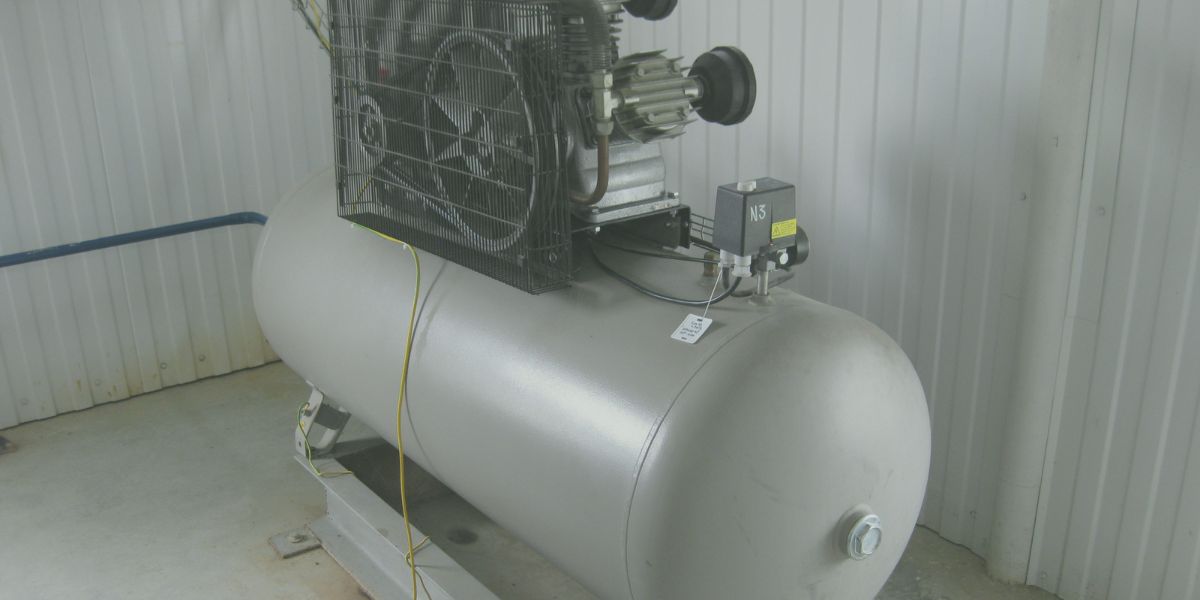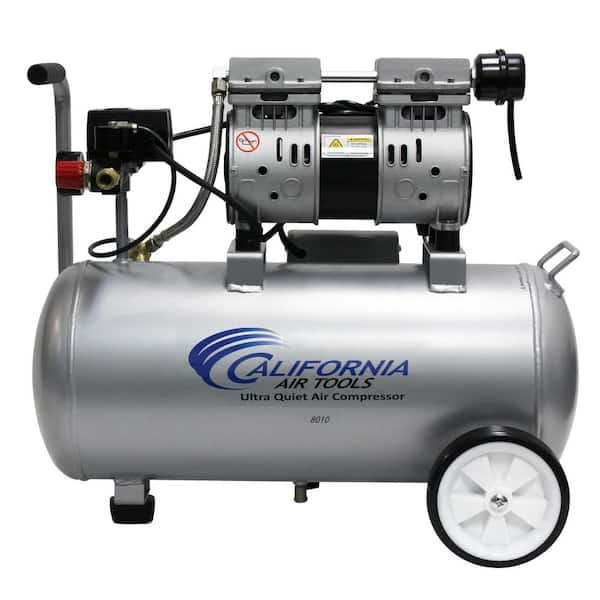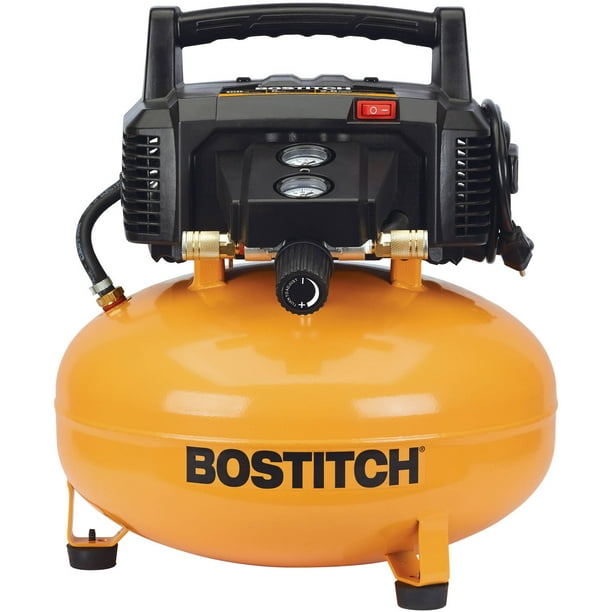
DIY Air Compressor Reviews: Find the Best Air Compressor for Your Needs
Air compressors are essential tools for DIY enthusiasts, handymen, and professionals alike. They provide the power needed to run a variety of pneumatic tools, making tasks such as nailing, painting, and inflating tires much easier and more efficient.
With so many options available, it can be challenging to find the best air compressor for your needs. This comprehensive guide will help you understand the different types of air compressors, key features to consider, and review some of the top models suited for DIY projects.
Table of Contents
- Types of Air Compressors
- Features to Consider
- Top Air Compressor Models for DIY Enthusiasts
- Tips for Maintaining Your Air Compressor
- Conclusion
Types of Air Compressors
There are three main types of air compressors: reciprocating piston, rotary screw, and portable. Each type has its advantages and disadvantages, depending on your specific needs and intended use.
-
Reciprocating Piston Air Compressors
Reciprocating piston air compressors are the most common type found in home workshops and garages. They consist of a piston that moves back and forth within a cylinder, compressing air and storing it in a tank. These compressors are relatively affordable, easy to maintain, and suitable for intermittent use, making them ideal for DIY projects and small-scale professional work. -
Rotary Screw Air Compressors
Rotary screw air compressors use two meshing helical rotors to compress air, which is then stored in a tank. These compressors are more powerful and efficient than reciprocating piston models, making them well-suited for continuous, heavy-duty applications. However, they are also more expensive and require specialized maintenance, making them less suitable for DIY enthusiasts and hobbyists. -
Portable Air Compressors
Portable air compressors are compact, lightweight, and designed for easy transport and storage. They are ideal for small tasks and projects that require mobility, such as inflating tires or powering a nail gun. While they may not have the power or capacity of larger models, their portability and convenience make them an excellent choice for many DIYers.
Features to Consider
When selecting an air compressor, it's essential to consider the following features:-
Power Source
Air compressors can be powered by electricity, gasoline, or diesel fuel. Electric models are more common for DIY use, as they are quieter, more environmentally friendly, and require less maintenance than gas-powered models. However, gas or diesel-powered compressors provide greater power and portability, making them suitable for remote job sites or areas without access to electricity.
-
Capacity
The capacity of an air compressor is measured in gallons, which refers to the size of the air tank. A larger tank allows for longer run times before the compressor needs to cycle on and off, reducing wear on the motor and providing consistent airflow. Consider the types of tools you will be using and their air consumption requirements when selecting a compressor with the appropriate capacity.
-
Pressure
Air compressors are rated by their maximum pressure output, usually measured in pounds per square inch (PSI). Most DIY pneumatic tools require between 90 and 150 PSI to operate effectively. It's essential to choose a compressor that can deliver the necessary pressure for your specific tools and applications.
-
CFM (Cubic Feet per Minute)
CFM is a measure of the volume of air that an air compressor can deliver at a specific pressure. It's crucial to ensure the compressor you choose can provide enough CFM to power your tools effectively. Check the CFM requirements of your tools and choose a compressor with a higher CFM rating to ensure optimal performance.
Top Air Compressor Models for DIY Enthusiasts
The following air compressors have been chosen based on their performance, reliability, and suitability for DIY applications:
California Air Tools 8010 Ultra Quiet & Oil-Free Air Compressor

This electric-powered air compressor is known for its ultra-quiet operation, producing only 60 decibels of noise. With an 8-gallon tank capacity and 2.2 CFM at 90 PSI, it's suitable for powering most DIY pneumatic tools. Its oil-free design requires minimal maintenance and provides cleaner air output.
DEWALT DWFP55126 Pancake Air Compressor

The DEWALT DWFP55126 is a compact, portable air compressor with a 6-gallon tank capacity and a maximum pressure of 165 PSI. It provides 2.6 CFM at 90 PSI, making it suitable for a variety of DIY applications. Its oil-free design ensures low maintenance and long life.
Makita MAC2400 Big Bore 2.5 HP Air Compressor

The Makita MAC2400 features a powerful 2.5 HP motor and a large 4.2-gallon twin-stacked tank, providing 4.8 CFM at 40 PSI or 4.2 CFM at 90 PSI. Its Big Bore engineered pump with cast iron cylinder provides greater durability and faster recovery time, making it ideal for demanding DIY projects.
PORTER-CABLE Oil-Free Pancake Compressor

This portable air compressor features a 6-gallon tank capacity and a maximum pressure of 150 PSI. It delivers 2.6 CFM at 90 PSI, making it suitable for most DIY pneumatic tools. Its oil-free design ensures low maintenance and a long service life.
Bostitch BTFP02012 Oil-Free Compressor

The Bostitch BTFP02012 is a lightweight, portable air compressor featuring a 6-gallon tank and a maximum pressure of 150 PSI. It delivers 2.6 CFM at 90 PSI and operates at a relatively quiet 78.5 decibels. Its oil-free design ensures low maintenance and a longer service life, making it an excellent choice for DIY enthusiasts who prioritize portability and ease of use.
Campbell Hausfeld DC080500 Quiet Air Compressor

This air compressor is known for its quiet operation, producing only 68 decibels of noise. It features an 8-gallon tank capacity and provides 2.4 CFM at 90 PSI. The oil-free, dual-piston pump ensures a long life and minimal maintenance, while the compact design and large wheels allow for easy transport and storage.
Ingersoll Rand P1IU-A9 Hand Carry Twin-Stack Air Compressor

The Ingersoll Rand P1IU-A9 is a durable, high-performance air compressor with a 4-gallon twin-stack tank and a maximum pressure of 135 PSI. It delivers 4.3 CFM at 90 PSI, making it suitable for various DIY applications. Its oil-lubricated design requires slightly more maintenance than oil-free models but offers increased performance and longevity.
Senco PC1010 1-Gallon Compressor

For those who require an ultra-portable air compressor, the Senco PC1010 is an excellent choice. This compact, lightweight model features a 1-gallon tank capacity and delivers 0.7 CFM at 90 PSI. While it may not be suitable for heavy-duty or continuous use, its portability
of use make it perfect for small DIY tasks and projects.
Tips for Maintaining Your Air Compr
and ease essor
Proper maintenance is essential to ensure the longevity and optimal performance of your air compressor. Here are some tips to help you keep your compressor in excellent condition:
- Regularly check and change the air filter to prevent dust and debris from entering the compressor and causing damage.
- For oil-lubricated compressors, regularly check the oil level and change it according to the manufacturer's recommendations.
- Drain the moisture from the air tank after each use to prevent rust and corrosion.
- Inspect hoses and connections for leaks or damage and replace them as needed.
- Keep the exterior of the compressor clean and free from dust and debris to promote proper airflow and cooling.
Related Article: Accessories to Improve Your Air Compressor Performance
Conclusion
With so many air compressors on the market, it can be challenging to find the perfect one for your DIY needs. By considering factors such as power source, capacity, pressure, and CFM requirements, you can make an informed decision that best suits your specific needs and applications.
By investing in a high-quality air compressor and following proper maintenance practices, you can enhance the efficiency of your DIY projects and enjoy the satisfaction of completing tasks with ease and precision.



